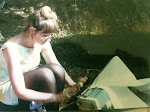Pier 2/3 is a really interesting venue. It is one of the only Piers in Sydney that hasn't been commercialised. It remains an industrial site, with high ceilings, wood, rusty metal and small, high windows with views of the harbour bridge. As a venue for the Biennale it provides a hinge between the institutions on the mainland, and the space on Cockatoo island, as well as loads of open space for the large scale installations that are being exhibited there. After being at the AGNSW before going to Pier 2/3, it is really obvious when you step into the space that you are not in an institution anymore. There are no security guards, no roped off sections, the floors are uneven and nothing is white. A couple of people were still installing Honoré d'O's work, but were happy to let us watch and wander through the installation.
The works displayed at Pier 2/3 are all large scale and immersive installations. Their physicality reflects the Bienniale's theme of all our relations as the work invites the viewer to step in and interact. Tiffany Singh's Knock On The Sky And Listen To The Sound is the first work you encounter when walking into the space. A rainbow of ribbons cacades from the ceiling of the building, each with a bamboo wind chime at the end. There are several rows, each wide enough to walk down, experiencing the spectral change through the rainbow of ribbons. As you negotiate the rows you can reach out and touch the chimes, each one resonates with a slightly different tone, creating a vibrant sound. (I've made a recording, but I'm not sure how to put it on the blog).
Tiffany Singh, Knock On The Sky And Listen To The Sound, 2012 at Pier 2/3
The second installation that I saw was Flemish artist Honoré d'O and his work Air and Inner. Made of long, wide sheets of paper strung over plastic piping, the work allows the audience an active part in investigating the space that it creates. The entire end of the Pier warehouse is filled from ceiling to floor with a maze of draped paper. Once inside, the rest of the world seems to drop away, and you are left to wander the forrest-like environment, searching for clearings, logs, and interesting patterns in the paper. Biennale curator Catherine De Zegher writes "comprising the components and possibilities for a scenario of interdependency, the work is created from trivial but practical materials prompting small shifts in perception and response to the everyday."
Honoré d'O, Air and Inner, 2012 at Pier 2/3
All photo's by me and my ma












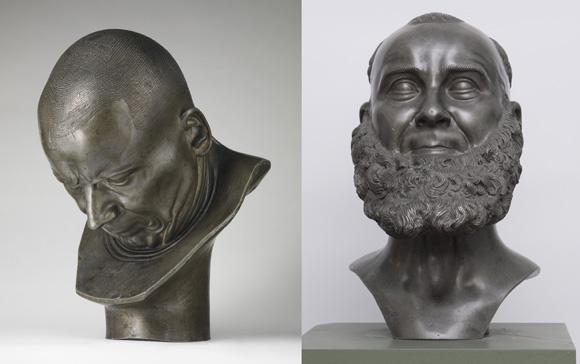
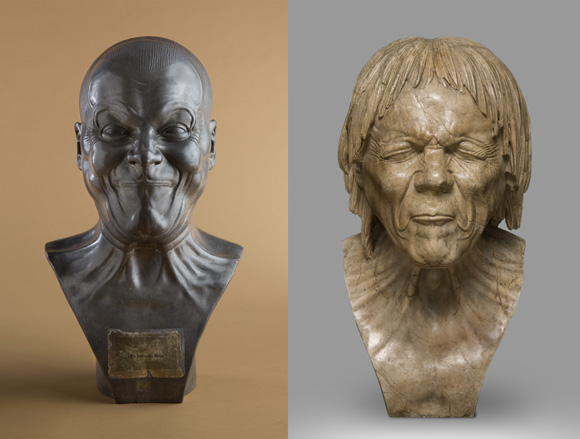
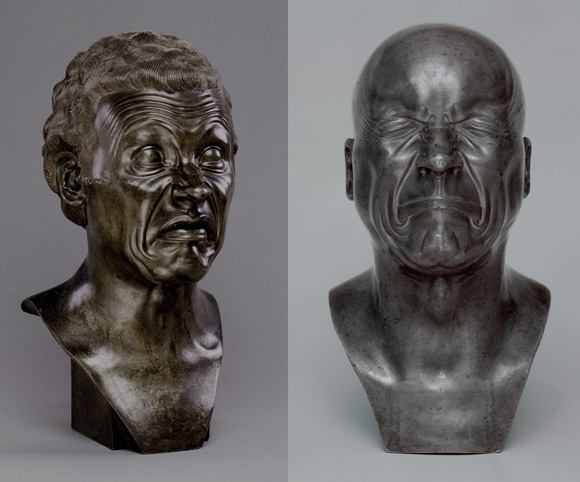
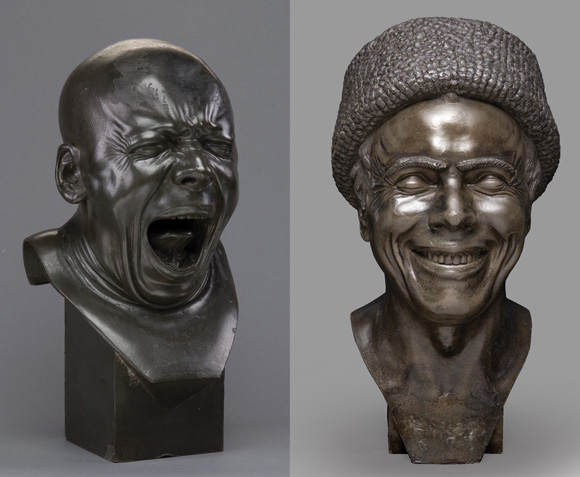


.jpg)


